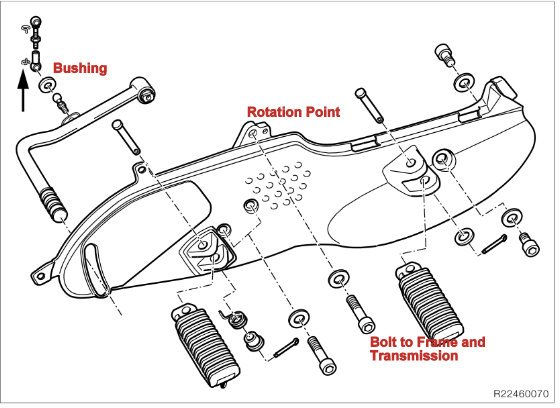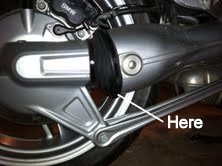roger 04 rt
New member
Fuel QD Installation
The Beemerboneyard fuel QDs and clamps will arrive today or tomorrow. My understanding is that the fuel system is under pressure so I've searched for a procedure to do the install and can't find one. My Clymer manual suggests that the line pressure has to be relieved by clamping and then disconnecting the fuel supply/return lines at the tank(?).
On the R1150RT, the QDs are accessible once the right-side fairing has been removed. Can this be as simple a job as carefully clamping the fuel lines on the tank side of the QDs, disconnecting the QDs, pulling out the old ones and installing the new ones to the same hoses (mine look good)? Or, do I need to disconnect the battery, empty the tank, get new hose material, etc.?
The Beemerboneyard fuel QDs and clamps will arrive today or tomorrow. My understanding is that the fuel system is under pressure so I've searched for a procedure to do the install and can't find one. My Clymer manual suggests that the line pressure has to be relieved by clamping and then disconnecting the fuel supply/return lines at the tank(?).
On the R1150RT, the QDs are accessible once the right-side fairing has been removed. Can this be as simple a job as carefully clamping the fuel lines on the tank side of the QDs, disconnecting the QDs, pulling out the old ones and installing the new ones to the same hoses (mine look good)? Or, do I need to disconnect the battery, empty the tank, get new hose material, etc.?



